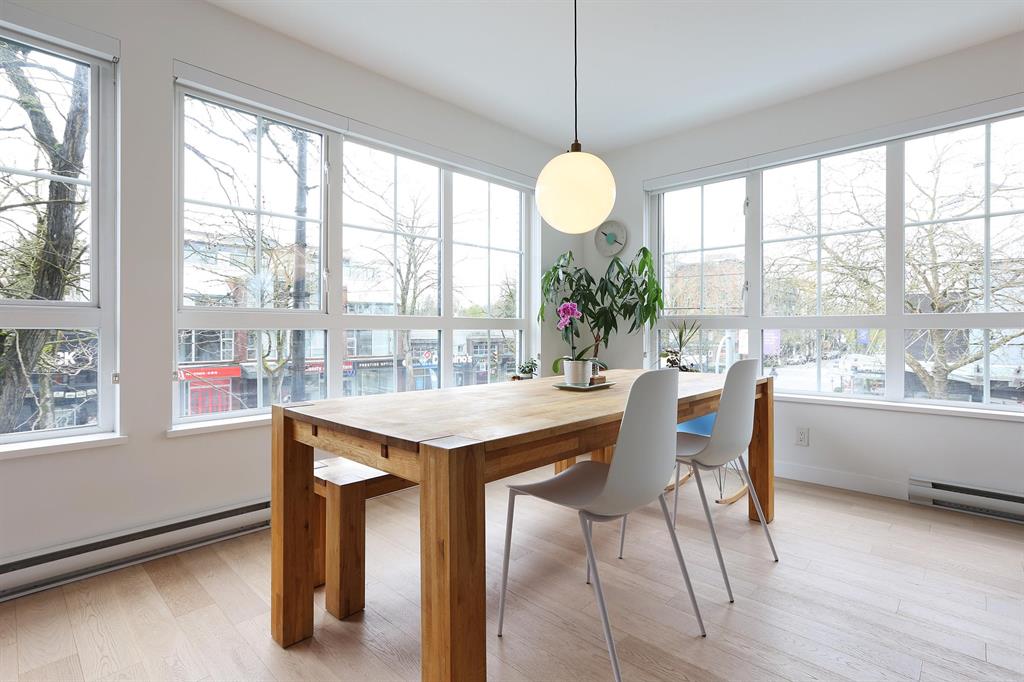When it comes to your child’s education, finding the right school is every parent’s top priority. But with so many options out there, how do you narrow down your choices? This guide will walk you through the process of researching schools and understanding catchment areas, helping you make an informed decision about your child’s educational future. Whether you’re a parent with school-aged children or planning for the future, keep reading for valuable insights to help you find the perfect home for you and your growing family.
Understanding School Catchments
Public schools across BC adhere to the school catchment system. A school catchment is a defined geographic area around a school. Students living in this area are generally assigned to attend that school. This system differs from one based solely on distance, as catchment boundaries are clearly defined.
In some cases, families residing near the edge of a catchment area may not be assigned to the closest school. This can be surprising for homebuyers who may assume their children will always attend the school that is closest to their home.
Capacity Issues in Popular Catchments
While students will typically attend their assigned “in catchment” school, living within a specific catchment doesn’t guarantee attendance at the catchment school. In densely populated areas or highly sought-after school catchments, it’s possible that the number of students within a catchment exceeds the school’s capacity. When this happens, some students may be assigned to schools outside their home catchment. This situation underscores the importance of researching school capacities.
Researching Schools in Your Target Area
Now that we understand the basics of school catchments, let’s explore how to research and identify the best schools in your desired area.
One of the most efficient ways to determine which schools serve a particular address is by using online school locator tools. Most school districts provide these resources on their websites. To find them, simply search for your city name followed by “school locator” in your preferred search engine.
Vancouver residents can use the school locator tool available here.
Kelowna residents can access their school locator here.
Evaluating School Performance
While knowing which schools serve an area is important, you’ll also want to assess the quality of those schools, particularly if your search spans a broader area. Here are some ways to evaluate school performance:
Standardized Test Scores: Many regions publish standardized test scores for public schools. These can provide insight into how well students are performing academically.
Graduation Rates: High school graduation rates can be another indicator of a school’s effectiveness. Schools with higher graduation rates may be better at supporting students through to completion of their studies.
Special Programs and Extracurricular Activities: Consider the variety of programs and activities offered by schools.
Visiting Schools in Person: If possible, arrange visits to the schools you’re considering. This allows you to observe the learning environment, meet staff, and get a feel for the school culture.
Speaking with Current Parents and Students in the Community: Connecting with families who currently have children attending the schools you’re interested in can provide valuable insights into what you can expect.
Remember that while finding the “best” school is important, what really matters is finding the right fit for your child and your family’s needs. For guidance or if you have questions about how school districts might impact your home search or property values, don’t hesitate to reach out. As a former school teacher in Greater Vancouver, I have taught full time in Vancouver and South Surrey, and been a substitute teacher in dozens of schools. I love chatting about all things schools!

